Analysts support SBP's decision to maintain policy rate at 11%
Analysts agree that while the economy is moving in the right direction, the next few months will be critical for policymakers
Business Desk
The Business Desk tracks economic trends, market movements, and business developments, offering analysis of both local and global financial news.
As Pakistan’s State Bank opted to maintain the key interest rate at 11%, leading market and economic analysts expressed support, citing the need for stability in fiscal, monetary, and external sectors amid a fragile recovery.
Shahid Ali Habib, CEO of Arif Habib Limited, said the economy is showing encouraging signs with GDP growth expected to land between 3.4% and 3.5% for FY26. “This is a positive trajectory,” he said, noting that GDP growth typically translates into higher employment and increased private sector credit, which is crucial for reviving industrial output.
However, he flagged that large-scale manufacturing (LSM) remains under pressure, having declined 1.2% during the first 11 months of FY25. “A stable monetary policy could encourage private credit growth, unlocking much-needed momentum in industrial activity,” he added.
Habib also emphasized the importance of maintaining rupee-dollar parity, warning that any sharp devaluation would be counterproductive. “A gradual depreciation of 3-4% annually, if necessary, would still fall within the zone of macroeconomic stability,” he said.
The rise in central bank reserves to $14.5 billion was highlighted as a positive development, but Habib urged caution, suggesting this is the time for “prudent economic management”.
He also noted that banks continue to favor lending to the government due to higher provisioning risks in the private sector, with the advance-to-deposit ratio still low at 38%. “Lower interest rates could shift the dynamic in favor of private sector borrowing, enhancing loan recoveries and boosting confidence,” he said.
Economic stability key amid external pressures
- YouTube youtu.be
Independent economist and investment analyst A.A.H. Soomro also backed the MPC’s decision to hold the rate at 11%, describing it as a measured response to complex economic dynamics.
He pointed out that while interest rates have dropped significantly — from a peak of 22% to 11% — the effects of monetary easing typically take 6-8 months to fully materialize. “We are not yet seeing the full impact of past cuts,” Soomro said.
He warned that any further easing could pose risks, particularly if imports surge suddenly, which would pressure the rupee and challenge the central bank’s reserve accumulation strategy. “Foreign reserves have just crossed $14 billion, and this buffer needs to be preserved in the face of rising external vulnerabilities,” he noted.
Another key issue, Soomro explained, is the government’s plan to reduce incentives under the remittance scheme, which may lead to a drop in foreign inflows. These factors, combined with potential increases in import demand under the national tariff policy and the lingering threat of inflation from floods, food shortages, and energy prices, warrant a cautious approach.
He added that current inflation figures, hovering between 3% and 4%, are largely due to a favorable base effect, and may not accurately reflect underlying price pressures. “Until we see clear trends in inflation, oil prices, and the current account, a wait-and-see approach is wise,” he said.
Both analysts agree that while the economy is moving in the right direction, the next few months will be critical for policymakers. A careful balance will need to be maintained between stimulating growth and safeguarding external stability, particularly as Pakistan eyes further reform under its evolving economic framework.
“The groundwork is there,” said Habib. “But execution and consistency will be everything.”


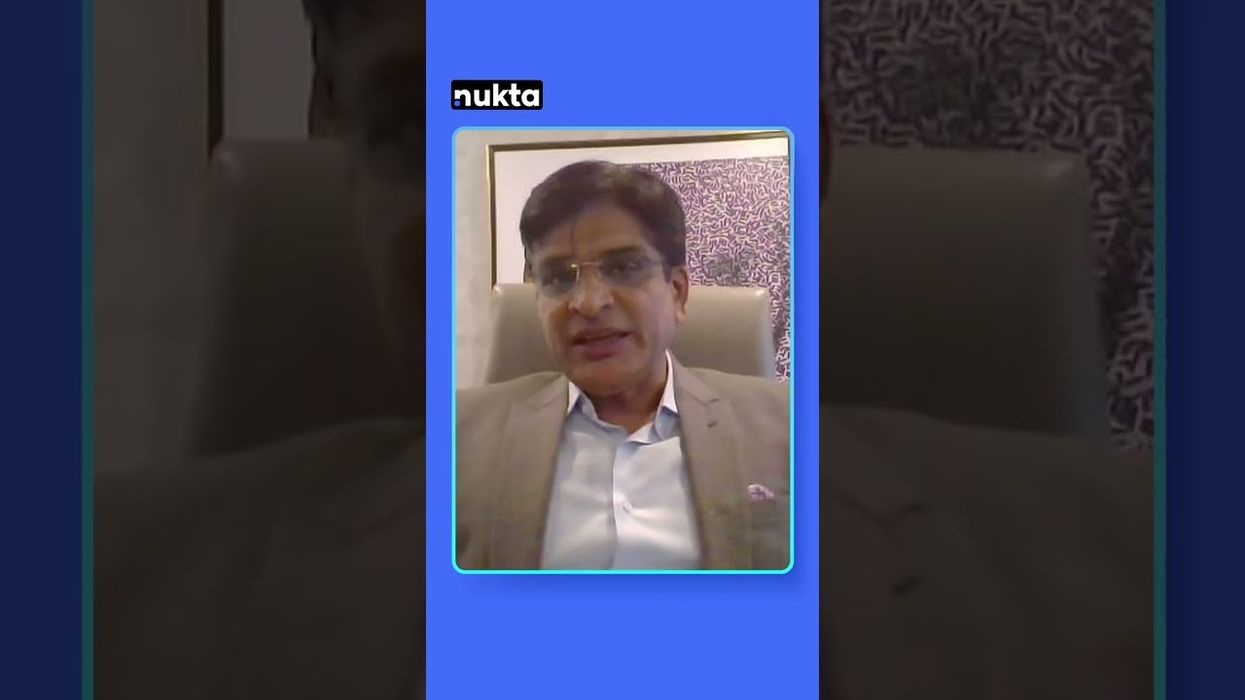
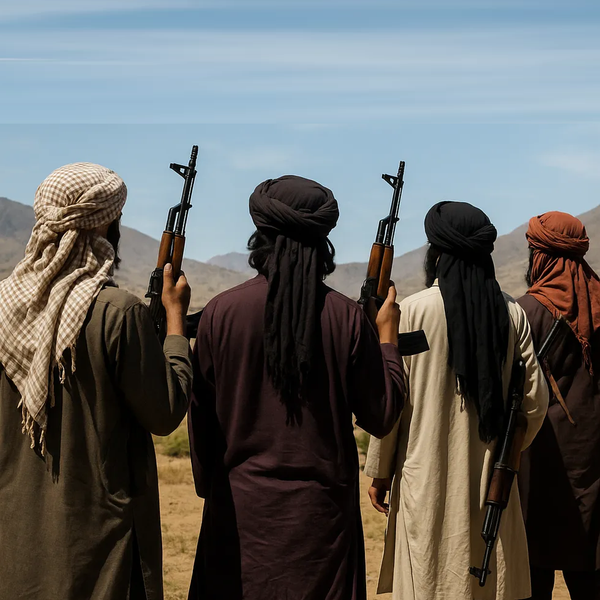
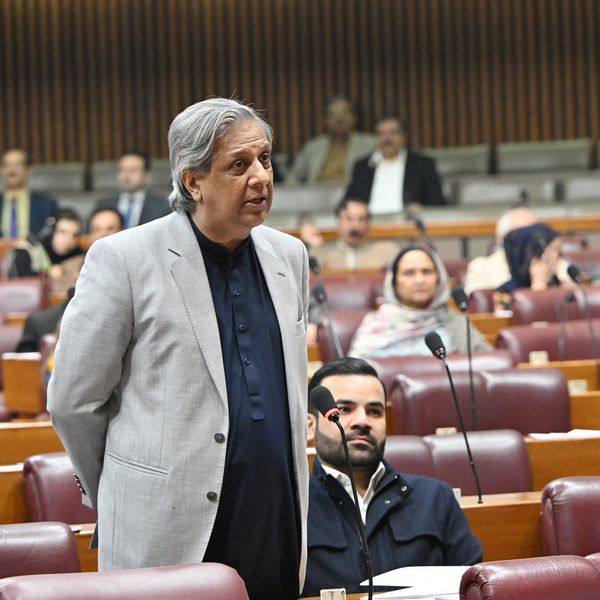

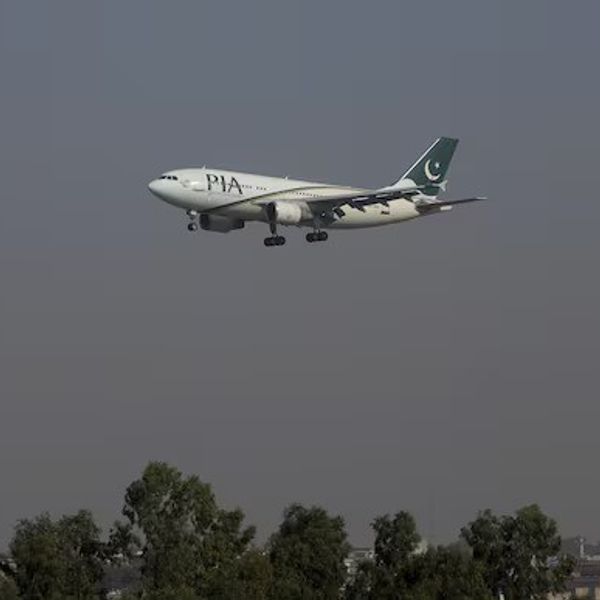
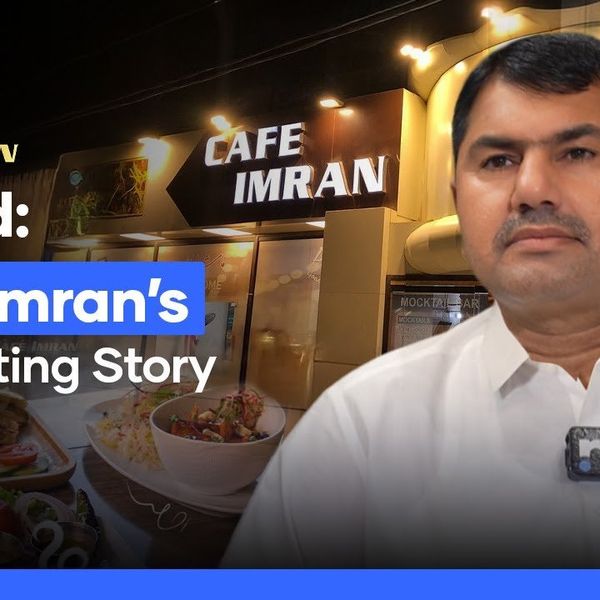
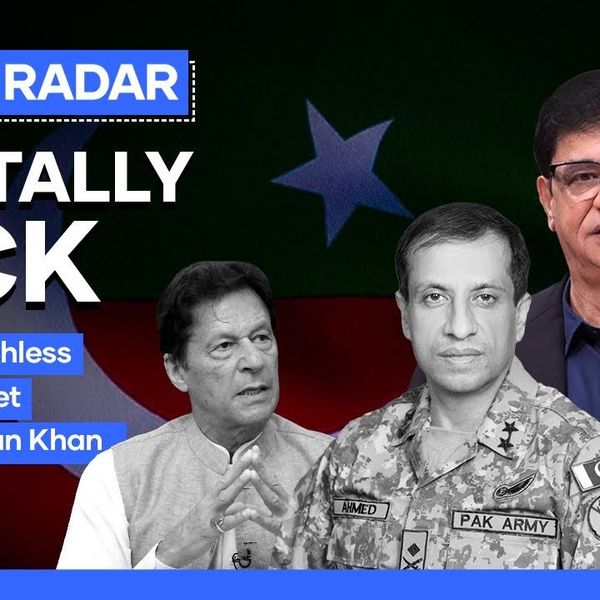


Comments
See what people are discussing